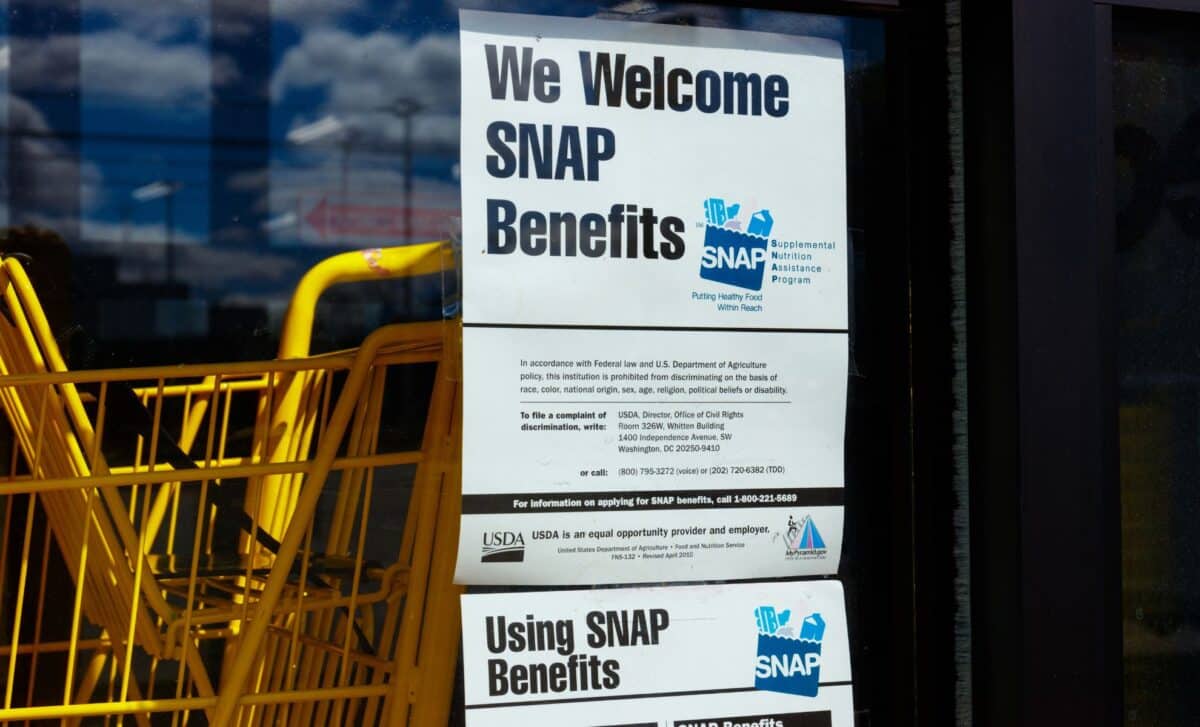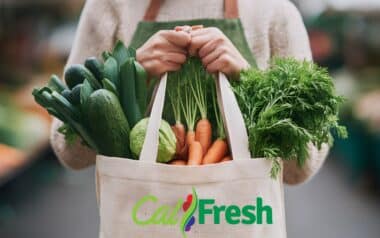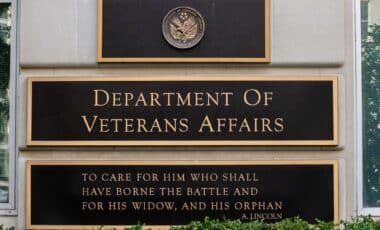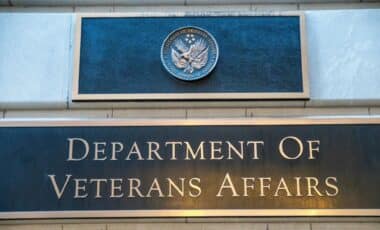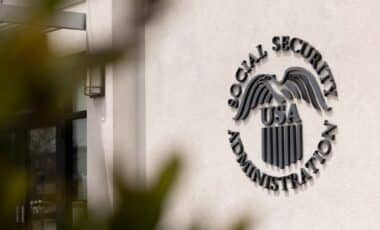A major reform to the Supplemental Nutrition Assistance Program (SNAP) could soon ban sugary drinks and sweets from eligible purchases.
The proposed changes, supported by Agriculture Secretary Brooke Rollins and Health and Human Services Secretary Robert F. Kennedy Jr., are part of a broader campaign to combat chronic disease and streamline program efficiency.
The initiative, introduced under the slogan “Making America Healthy Again”, seeks to reshape federal food assistance by focusing more clearly on health outcomes. The reform package also includes a renewed focus on administrative waste and aims to tighten state-level oversight, as concerns grow over the scale of erroneous payments.
Restricting Unhealthy Food Purchases in the SNAP Program
One of the most high-profile proposals involves narrowing the range of products that can be bought using SNAP benefits. According to Secretary Kennedy, sugary drinks and confectionery items would be removed from the current “snacks and non-alcoholic beverages” category.
This marks a significant shift from the existing guidelines, which allow purchases including fruits, vegetables, dairy, meats, snacks and soft drinks. The proposed restriction is intended to reduce the program’s contribution to rising obesity and chronic disease rates among low-income communities.
While health campaigners have broadly welcomed the move, it has also drawn criticism from some advocacy groups who argue that such exclusions may restrict personal agency among beneficiaries.
According to data from the US Department of Agriculture, SNAP served around 42 million Americans in 2023. That same year, federal spending on the program reached $112.8 billion. By focusing on eliminating certain food categories, the reform aims to both improve dietary outcomes and reduce long-term public health costs.
Fiscal Scrutiny and the Debate Over State Management
Alongside nutritional changes, the reform package addresses longstanding concerns about inefficiencies in program administration. According to a spokesperson for House Agriculture Committee Chairman Glenn “GT” Thompson, over $13 billion in SNAP-related payments in 2023 were identified as erroneous.
States currently handle eligibility verification and distribution, while the federal government covers 100% of benefits and half of administrative costs. Lawmakers are now examining how states can be incentivised to reduce waste, and whether stricter federal benchmarks should be introduced.
Rollins has also announced a departmental restructuring, though the implications for SNAP operations remain unclear.
Analyst Katie Bergh from the Center on Budget and Policy Priorities warned that significant changes to federal funding or oversight may place pressure on states and potentially threaten food access.

